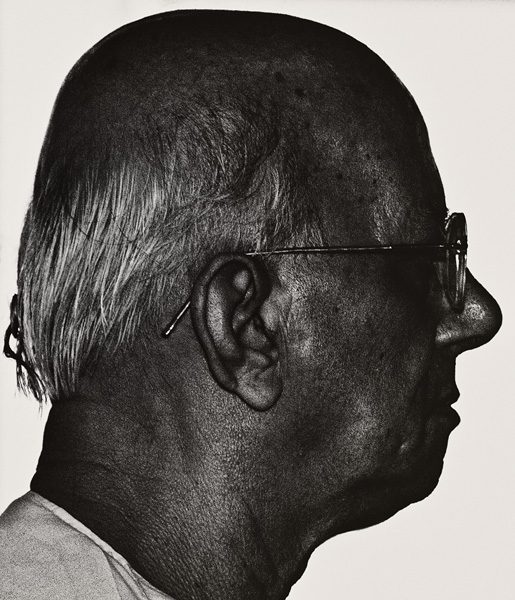In a recent controlled laboratory experiment, a freshly baked baby was gently dropped on a Casiotone keyboard and sound issuing from the baby’s random plonks analyzed. The resulting sequence was found to be indistinguishable from the Indian National Anthem. True story.
For a nation that prides itself on an ancient and sophisticated music tradition, it is perplexing that India wears for its musical coat of arms this rag of doo-doo sewn by Rabindranath Tagore. You can’t say this aloud in India without sending 1.2 billion knickers into an indignant paroxysm. For Rabby, together with Mohandas and Jawaharlal, is considered part of the Holy Trinity. But the truth of the matter – and which is by now known the world over – is that the Indian National Anthem tune is an utter lemon.
I am here not concerned about the politics of the national anthem – whether Jana Gana Mana should be replaced by Vande Mataram. (Yes, if you ask me.) My remarks pertain to its musical content – rather, the absence of it. It requires no special insight or training in music to see Jana Gana Mana for the debacle that it is. Can anyone locate within this piece a single tonal flourish that expresses any traditional values of Indian music? Even a mild instance of meend, say, or a hint of swara nuance?
I recall the trauma of my young days, forced to stand to attention to this unworthy, uninspiring, and above all, unmusical rubbish. Pakistan has a tuneful national anthem. (And they deserved to beat India in the recent Cricket World Cup solely on this account – that and the fact that their players looked like real athletes.) As does Sri Lanka. Even the tiny Kingdom of Tonga can claim a more evocative anthem.

